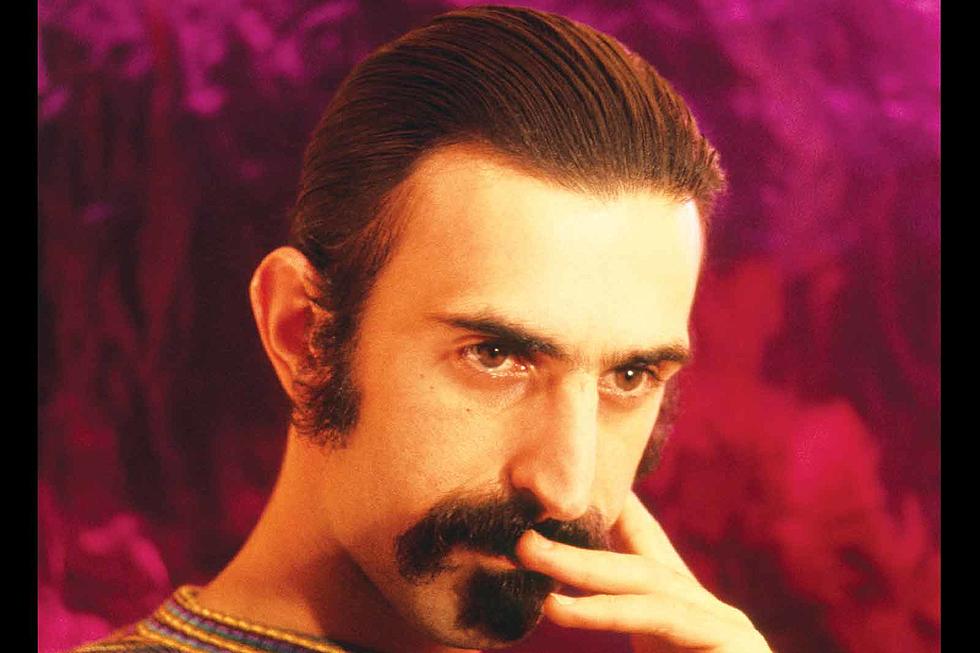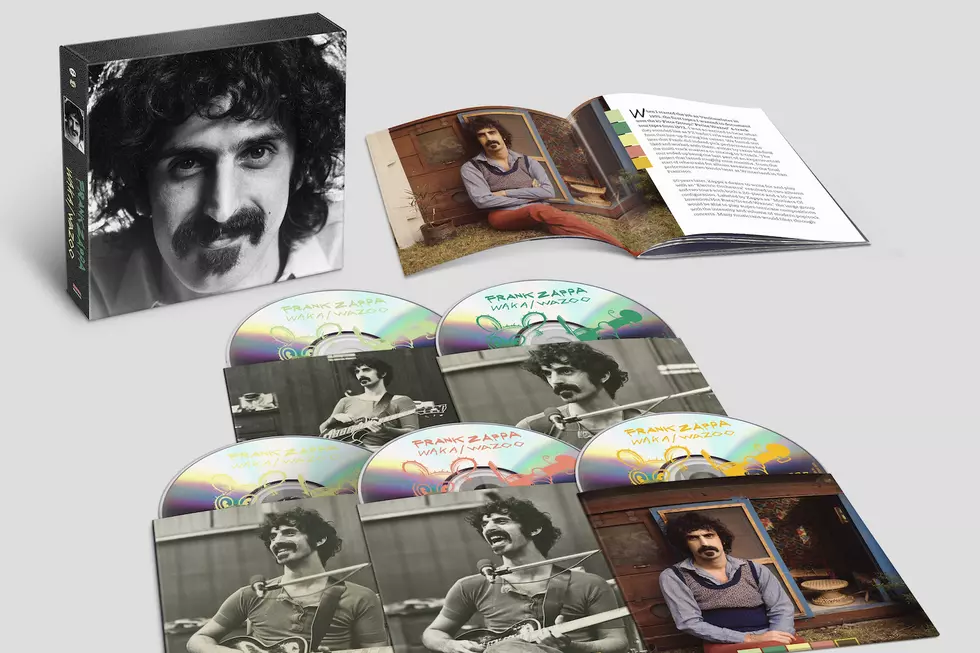
45 Years Ago: Frank Zappa Has a Commercial Hit With ‘Apostrophe’
When Frank Zappa, shall we say, “punctuated” the '70s with his Apostrophe (‘) album, it was, amazingly, already his eighteenth studio or live release over a span not quite as long as a decade. Any way you look at it, this was a monumental feat of prolific creativity largely unmatched in the rock milieu. And yet, for all of those albums, their hundreds of songs, and the jaw-dropping variety of musical genres they encompassed, Zappa had never actually charted a single in the U.S.
For Apostrophe (‘), released on March 22, 1974, became, and remains, Zappa’s commercial high-water mark, thanks in large part to an edited version of its knee-slapping opening number, "Don’t Eat the Yellow Snow," which gradually climbed to No. 86 on the singles chart and finally transformed Zappa into a hitmaker.
The novelty success of "Snow" opened the floodgates wide enough for word-of-mouth to do the rest. Before too long, Zappa’s growing legions of new fans were discovering that a complete, unedited song-suite expanding upon the story of Nanook the Eskimo covered much of Apostrophe (‘)’s first half and, in so doing, helped the LP charge all the way to No. 10 on the album chart.
However, this accomplishment would have been unlikely without the relative immediacy of additional numbers like the intriguing "Cosmik Debris," the quirky "Excentrifugal Forz," the racially topical "Uncle Remus" and the more familiarly silly "Stink-Foot." All of these songs essentially built on the aesthetic established just six months prior with 1973’s Overnite Sensation, which itself had been considered a commercial breakthrough, of sorts, until Apostrophe (‘) eclipsed it.
None of the above achieved their “crossover” appeal by sacrificing Zappa’s penchant for genre-busting experimenting, nor his demands for virtuosic perfection from his backing musicians.
Listen to Frank Zappa's 'Don't Eat the Yellow Snow'
This point was driven home by the album’s challenging, fusion-inspired title track, which captured a rare occasion in which Frank jammed with established musicians in former Cream bassist Jack Bruce and top session drummer Jim Gordon (and an even rarer occasion where he shared songwriting credits and royalties).
From this point forward, Zappa’s career would endure recurring peaks and valleys, brought on by the endless sonic permutations dictated by his boundless imagination, but none of his future albums would quite match Apostrophe (‘)’s success. Like Zappa himself, whose fame continued to increase, regardless of album sales, until his death in 1993, and beyond, Apostrophe (‘) too has maintained its place among his most popular efforts, and arguably the most common entryway for neophytes into the Zappa universe.
The Top 100 Rock Albums of the '60s
More From Ultimate Classic Rock









